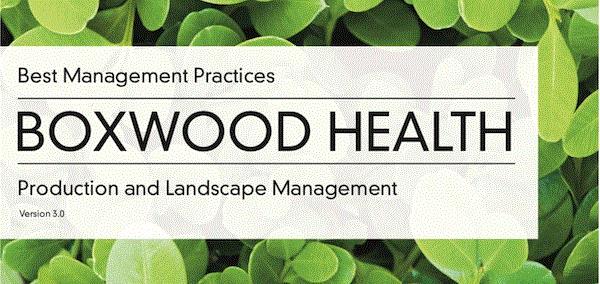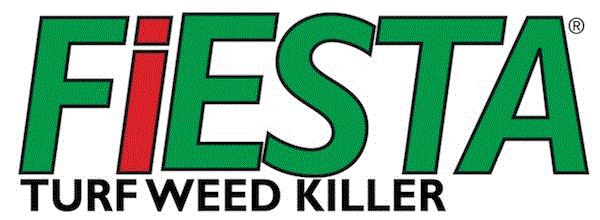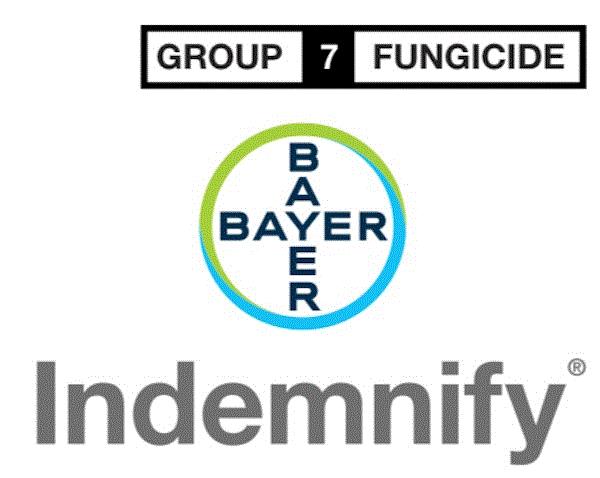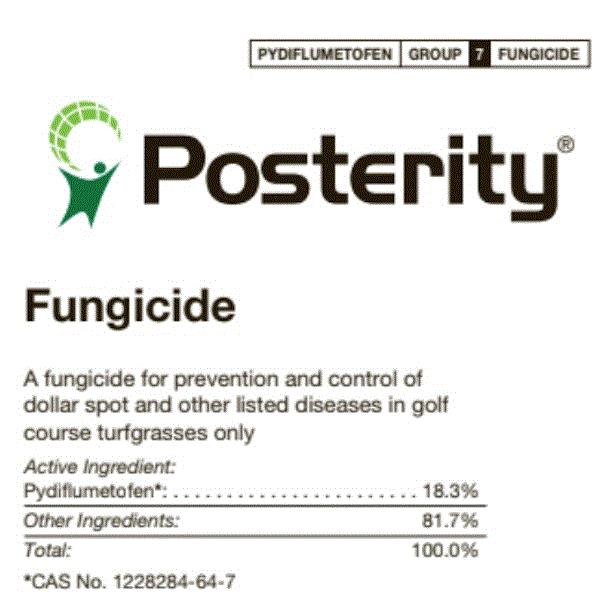What the … ?
A client brought a sample of Dahoon holly to Vicky Bertagnolli, Clemson University Extension Agent in Aiken County, South Carolina. New growth on this holly was distorted and seemed wilted or droopy. Vicky sent a couple of pictures to me, hoping that I might be able to identify the cause. Vicky (who is a bug geek by training) detected no insects or mites, and the client reported that no herbicide had been applied.
What do you think might be the problem here?
Weird distortion on Dahoon holly. (Photo credit: Vicky Bertagnolli)
Boxwood blight BMPs
The Horticultural Research Institute (HRI) released its new best management practices (BMPs) for boxwood blight in the landscape and updated its BMPs for the nursery last month. HRI has been supporting research and outreach efforts aiming at better management of boxwood blight in both the nursery and landscape. These new BMPs are a culmination of the results and conclusions of much of this research.
This new boxwood blight BMPs provide guidance to landscape managers on their risk of infection and practices that can be used to reduce the risk of introduction and prevent the spread of the disease. Included in the BMPs document are one-page printable summaries of the BMPs for both production and the landscape. I love these summaries—nice and succinct.

Some common BMPs for both landscape and nursery:
-
Train personnel for disease scouting and biology, sanitation, and management.
-
Grow verified tolerant or less susceptible varieties.
-
Sanitize equipment, tools and clothing between plantings.
-
Avoid working in boxwood plantings when foliage is wet.
-
Double bag and properly dispose of infected material.
-
Do not compost infected material.
-
Fungicides are preventive, not curative.
You can practice these additional BMPs in the landscape:
-
Purchase from reputable suppliers who adhere to a boxwood blight compliance agreement.
-
Mulch boxwood plantings.
-
Prune instead of shear, and remove branches that touch the ground.
For growers, these additional BMPs can be helpful:
-
Propagate locally, or purchase from reputable producers.
-
Employ smaller-sized blocks and alternate with blocks of nonhost plants.
-
Avoid overhead irrigation.
While none of the recommended BMPs are mandatory or legally required, adhering to these BMPs will reduce the risk of introducing or spreading the dreaded disease in your production or plantings.
The BMPs document is totally worth a read! Download a copy by clicking HERE.

APHIS box tree moth regulations
USDA AHPIS has amended its entry requirements for importation of boxwood, euonymus and hollies from Canada due to concerns over introducing the invasive box tree moth into the United States. These plants, including propagative materials and those destined for planting, must now be accompanied by a phytosanitary certificate issued by the Canadian Food Inspection Agency (CFIA). The plants are to be certified as having been produced in a recognized box tree moth-free area or have been inspected and certified as free of this pest.
This official federal order, issued by USDA APHIS, is in effect immediately.
A boxwood defoliated by box tree moth caterpillars. (Photo credit: Ferenc Lakatos, University of Sopron; Bugwood.org)
Box tree moth is a native of East Asia, and was first detected in the Toronto area in August 2018. If you want to know more about this pest, read my March 11, 2019 issue of PestTalks by clicking HERE.
Box tree moth can be monitored with a pheromone trap. USDA APHIS will provide these pheromone traps to state departments of agriculture wishing to monitor the box tree moth.

Crop safety summaries for Indemnify, OxiPhos, pydiflumetofen and Fiesta
The IR-4 Environmental Horticulture Program released new or updated crop safety summaries for three fungicides (Indemnify, OxiPhos and pydiflumetofen) and an herbicide (Fiesta). The IR-4 Project works with researchers, like my esteemed colleagues and me, to test for the safety and efficacy of pest management products. Data gathered by us is used for registering a product in the green industry or to expand the product label. You can find all the crop safety and efficacy summaries at the IR-4 Environmental Horticulture website.
I’ll start my summary of the summaries with Fiesta.
The crop safety summary for Fiesta (containing the active ingredient iron HEDTA or FeHEDTA) published last week is an update to the one published in 2019. If you are interested in reading a summary of the 2019 version, you can find it in my April 2019 issue. But, why would you read an old version if the updated one is right in front of you?
Fiesta is a post-emergent broad-spectrum broadleaf herbicide for use on turf on lawns, golf courses, parks, playgrounds, cemeteries, athletic fields, right-of-ways and non-crop areas. The label also indicates control or suppression of turf diseases—dollar spot, rust and snow mold. Use rate is 12.6 to 50 fl. oz. per 1,000 sq. ft. Although the label doesn't specify PPE and REI requirements, I recommend adhering to caution, as you would have taken with other herbicides when making applications.

Neudorff, the manufacturer of Fiesta, is interested in expanding the label to include uses in ornamental plantings. So, the company collaborated with IR-4 and conducted 146 crop safety trials covering 83 ornamental plant species or genera between 2016 and 2019.
Fiesta is safe on boxwood, reed grass, Cherokee sedge, blue fescue, junipers, pink muhly grass and yew. The herbicide, however, will cause injury to cotoneaster, heuchera, hibiscus, crape myrtle, mondo grass and wall germander at 50 or 100 fl. oz. per 1,000 sq. ft. Phytotoxicity on 20 other plant species or genera, including hosta, holly, lavender, rose and rhododendron, was severe even at the low label rate (25 fl. oz. per 1,000 sq. ft).
Let’s move on to the nematicides and fungicides.
Indemnify (fluopyram) is a nematicide introduced by Bayer in 2017. Indemnify is currently labeled only for management of nematodes on turf on golf courses, sod farms, sport fields, lawns and grounds, but this product also has fungicidal and insecticidal properties (which we are currently evaluating). The application rate against turf-infesting nematodes is 0.195 to 0.39 fl. oz. per 1,000 sq. ft.
Thirty-seven trials covering 18 plant species or genera were conducted between 2016 and 2019. Indemnify was applied as a drench or foliar spray, with foliar sprays being applied three times at fourteen day intervals. Snapdragon, chrysanthemum, Shasta daisy and zinnia exhibited no injury. Begonia exhibited no injury when sprayed at 4.25 fl. oz. per 100 gallons, but showed slight to moderate injury at 8.5 and 17.1 fl. oz. per 100 gallons. Begonia and petunia showed significant injury at 4.25 fl. oz. per 100 gallons when drenched. More data is needed for 12 other species or genera.

In the same FRAC group as Indemnify is pydiflumetofen. Currently, there is no product available for use in ornamental production or landscape. Syngenta markets pydiflumetofen as Posterity for use against dollar spot, fairy ring, spring dead spot and microdochium patch on golf course turf only. Syngenta is currently exploring the potential of pydiflumetofen as a management tool against a wide range of foliar diseases such as leaf spots, powdery mildew and botrytis.

The IR-4 Project conducted 61 trials on 22 ornamental plant species or genera between 2015 and 2019. Pydiflumetofen caused no injury to begonia, dianthus, geranium, gerbera, impatiens, pansy, petunia, poinsettia, salvia and snapdragon. Additional crop safety data is needed for 12 other plant species or genera.

The last fungicide today is OxiPhos, which contains a combination of hydrogen peroxide and mono- and dipotassium salts of phosphorus acid. OxiPhos is a broad-spectrum fungicide and bactericide for field-grown grains, fruits, berries, nuts and vegetables, and indoor and outdoor ornamentals and turf. It’s marketed by BioSafe Systems. Target diseases on ornamentals and turf include downy mildew, bacterial diseases, phytophthora and pythium. REI is 4 hours for most applications.
Twenty-three trials evaluated the crop safety of OxiPhos for 11 plant species or genera. Data suggested that OxiPhos isn’t injurious to azaleas and roses, but additional studies need to be conducted to determine its safety for other crops, including coleus, gerbera and impatiens.

Answer to “What the … ?”
If y’all approach this Dahoon holly problem by saying, “JC will figure it out,” first, I thank you for your high confidence. Second, sorry to have tricked you.
I actually don't have the answer. I asked about it on Oranent, a listserve for ornamental entomologists, pathologists and diagnosticians. There were several good guesses, such as glyphosate or other herbicide injury (either via direct contact or mulch/pine straw), exceedingly wet soil, winter injury, etc. But, I really couldn’t find one that explains the symptoms perfectly.
So, I need your help. If you have seen this before and know what’s causing the problem, please email me by clicking HERE.
Thanks a bunch!
See y'all next time!

JC Chong
Professor of Entomology at Clemson University
This e-mail received by 22,731 subscribers like you!
If you're interested in advertising on PestTalks contact Kim Brown ASAP!